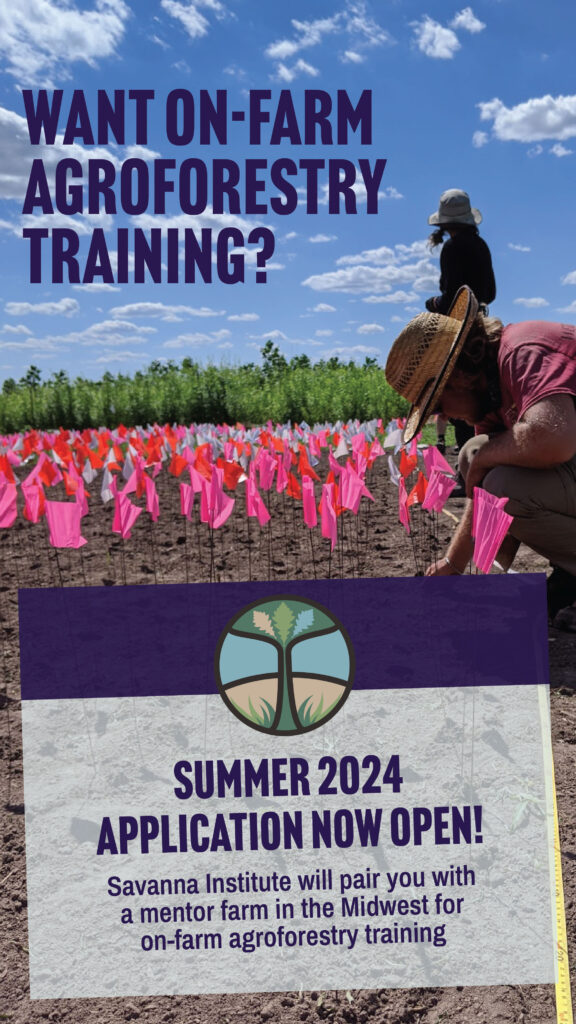
My Year as an Agroforestry Apprentice with Red Fern Farm in Iowa
Prior to 2022, I had worked in the service industry as a brewery taproom manager and beer distributor sales representative. I was fortunate to be one of those deemed “essential” during the COVID-19 pandemic due to my alignment within the sales industry. Although I was out in the world exposing myself to an invisible new danger, I had a steady income for myself and my then-girlfriend, now wife, in a time when many did not. However, like many, I was asking myself some very hard questions. “Are these systems we have set up sustainable? Is a new way possible?” I quickly learned that 40 hours a week in a car and in fluorescent-lit liquor stores was not how I wanted to spend the majority of my waking life.
Red Fern Farm
My father, grandfather, his father, and so forth were farmers. This is not unique for a heartlander, and it is also not unique that I had, up until this point, broken the tradition of farming as a career. Rural populations are hurting because folks like myself have moved to cities to pursue careers away from the land and the multi-generational farms of yore. However, the longer I spent away from the farm and the out-of-doors, the more I yearned to be near it. This is where Tom, Kathy, and Red Fern Farm come in.
Once my car was paid off and I had a little bit of financial cushion, I made the choice to apply for the Savanna Institute’s Apprenticeship Program. I’ve been a resident of Rock Island, Illinois, for 7 years, and due to its proximity to Red Fern Farm, I’d had the pleasure of going out and doing their you-pick in 2020 and 2021. Now in Spring of 2022, I interviewed and was graciously offered a position.
Tom Wahl and Kathy Dice bought their property in Wapello, Iowa, in the mid-80s, during the height of the farm crisis. The initial property encompassed 55 acres of heavily sloped timber – the 30-odd acres where customers come to participate in you-pick was purchased in 2001. Previously they operated a broiler chicken and pastured goat operation but the only livestock they currently keep is a small herd of sheep that rotationally graze through the orchard, and a handful of laying chickens. Their present income is derived from their nursery and the you-pick orchard. My co-worker and fellow apprentice, Taylor McClerin and I had our ten-week apprenticeship split between Spring nursery work and Fall you-pick, with a few months in between as a break.

Pawpaw bearing fruit despite defoliation
Spring at Red Fern gave us mild temperatures with only a few days of temps deemed unsafe for outdoor work. Most mornings, our time was spent grafting cornelian cherries, pawpaw, persimmon, apples, pears, or whatever else fit that day’s climatic conditions. After grafting we would return to the house to pot chestnut seedlings that had been gathered from the previous fall. When it was too hot or wet, we’d often but not exclusively crack black walnuts indoors while watching Tom Wahl lectures on YouTube. After every workday, Kathy would greet us with a homecooked meal from the garden, insisting we eat to our heart’s content.
After we spent a couple of months away, me back in Rock Island and Taylor in Chicago, we returned as the chestnuts were about to start dropping in September. The lion’s share of income at Red Fern comes from you-pick, mostly chestnuts. The nursery brings in money, but the cost of supplies lowers Tom and Kathy’s margins. Taylor and I would spend many mornings collecting and sorting chestnuts that had fallen during the night and then storing them in the walk-in. These chestnuts would be the seedlings grown in the nursery. When new burs “smiled” and showed us that that tree was about to start dropping, we would mow underneath to allow for easy picking for customers.
We spent afternoons guiding customers through the orchard and showing them how to evaluate ripeness, where to pick, and making small talk about what led them to us. Unfortunately, the near-ideal summer weather would not continue, as September was unusually cool. This slowed the rate at which trees dropped and pushed the schedule back by roughly ten days. People who picked one hundred pounds the previous year on September 25th would have to scour the earth for that same one hundred, or they would have to adjust their expectations. If they wanted twenty pounds of pawpaw and we could only offer five, we’d suggest they try filling the void with persimmon. Despite the frustratingly cooler temps, the orchard in the fall is a magical place to be. Families and friends would come from hours away to pick to their heart’s content, smiling and laughing the whole time.

Thomas outside the Red Shed where customers check in
In the years to come, Tom and Kathy intend to roll back the nursery further, handing over the reins to people like Canopy Farm Management. Tom hopes he can get back into fishing, maybe they can travel for the purpose of leisure and not for attending conferences. Tom Wahl and Kathy Dice have worked their tails off, done their research, and been about as thrifty as one could be to create a beacon of hope in Southeast Iowa. They have suffered many trials along the way, but remain optimistic and joyous for the future.
Become an Agroforestry Apprentice
Each summer the Savanna Institute runs an on-farm agroforestry apprenticeship program. This program pairs beginning farmers with experienced agroforesters for 10 weeks of hand-on training and mentoring. Program participants also join an online course and travel to area farms as a cohort to build their network and gain exposure to the wide range of agroforestry practices present across the Midwest.
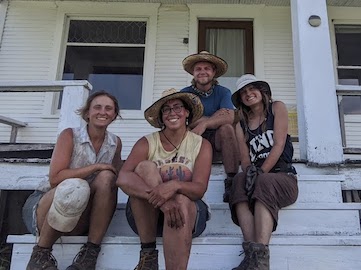
On-farm experience is hard to find for beginning agroforesters. Our Apprenticeship Program provides experience and technical education for aspiring farmers with mentor farms across seven Midwestern states.
More from Perennial AF
Indigenous Food Advocate Chef Sean Sherman to deliver keynote at 2024 Perennial Farm Gathering
The Sioux Chef founder will speak at the Monona Terrace in Madison on October 7th
A Letter from Canopy Farm Management
As Canopy enters its third year of providing tree planting and management services in the Midwest, the transformative impact of trees and the revitalization of our farms are becoming increasingly apparent.
Our Latest Perennial Report
Each year, we release a Perennial Report packed with stories from our community, hopeful milestones toward our vision, and organizational financial reporting. Read the stories and think big picture with us in our latest Perennial Report.


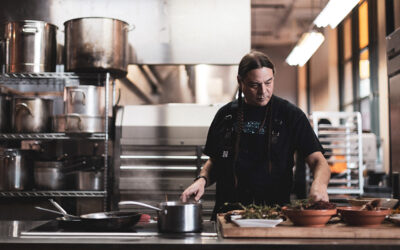
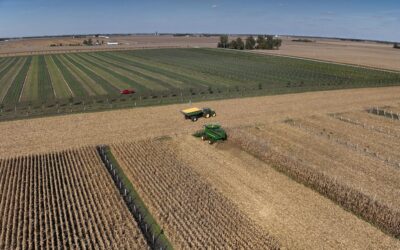
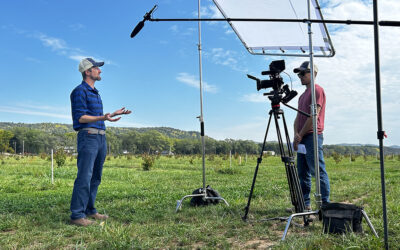
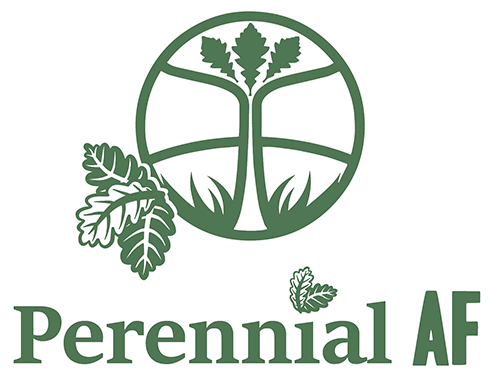


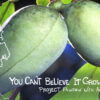 🔊 “You Can’t Believe It Grows Here” – Project Pawpaw with Adam D’Angelo
🔊 “You Can’t Believe It Grows Here” – Project Pawpaw with Adam D’Angelo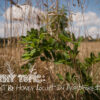 🔊 A Thorny Topic: Black Locust and Honey Locust for Agroforestry
🔊 A Thorny Topic: Black Locust and Honey Locust for Agroforestry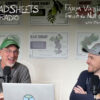 🔊 “Spreadsheets on the Radio” – Farm Viability and the Fruit & Nut Compass with John Hendrickson
🔊 “Spreadsheets on the Radio” – Farm Viability and the Fruit & Nut Compass with John Hendrickson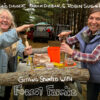 🔊 Getting Started with Forest Farming – Ingrid Daudert, Karam Sheban, and Robin Suggs
🔊 Getting Started with Forest Farming – Ingrid Daudert, Karam Sheban, and Robin Suggs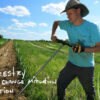 🔊 Agroforestry for Climate Change Mitigation and Adaptation – with Nate Lawrence and Monika Shea
🔊 Agroforestry for Climate Change Mitigation and Adaptation – with Nate Lawrence and Monika Shea